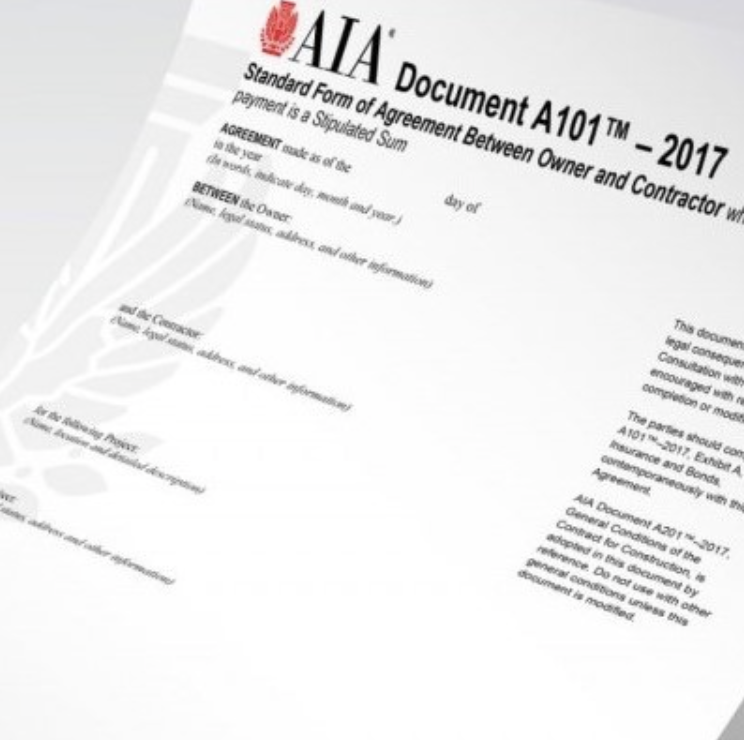By Christopher D. Ling | May 2024

(Image courtesy of American National Standards Insitute.)
Introduction
As an experienced forensic architect, I’ve witnessed the profound impact of the Americans with Disabilities Act (ADA) on architectural design. The ADA, a landmark piece of legislation, has transformed the way we approach design, ensuring that our built environment is accessible to all. In this blog post, I will provide a comprehensive overview of the architect’s role in ADA compliance and how it influences the design process.
Understanding the ADA
The Americans with Disabilities Act, signed into law in 1990, is a civil rights statute that prohibits discrimination based on disability. Title III of the ADA specifically addresses public accommodations, including places of public use and commercial facilities. As architects, we are tasked with ensuring that our designs meet the ADA’s accessibility standards, creating inclusive spaces for everyone.
Private residential housing is not governed by the ADA; however, government-operated or owned housing and specific privately owned facilities providing housing are obliged to adhere to ADA accessibility requirements. Government facilities subject to the ADA include public housing, student and faculty housing, employee housing, nursing homes, temporary emergency housing, and social service facilities like homeless shelters and halfway houses.
Within the private sector, the ADA’s housing coverage is limited to places classified as public accommodations, such as social service establishments and housing affiliated with educational institutions. Individually owned or leased housing in the private sector, excluding public accommodations like single-family homes, condominiums, or apartments, is not covered by the ADA. Nevertheless, the Fair Housing Act imposes design requirements on numerous types of multi-family housing in both private and public sectors. ADA Standards apply to places considered public accommodations situated in residential buildings, encompassing rental and sales offices, commercial spaces, and hotel accommodations.
The Architect’s Role in ADA Compliance
Architects are the custodians of accessible design, translating the ADA’s principles into the built environment. Our role in ADA compliance encompasses various aspects, from design conception to project completion and beyond:
1. Familiarity with ADA Standards
Architects must have a deep understanding of the ADA’s accessibility standards. These standards cover a wide range of elements, including doorways, ramps, accessible routes, signage, restrooms, and more. Staying up to date with ADA guidelines is crucial to ensuring that designs align with legal requirements.
2. Site Analysis
At the project’s inception, architects conduct site analysis, which includes assessing the existing conditions for accessibility. This step is essential for identifying potential challenges and integrating accessibility features into the design seamlessly.
3. Inclusive Design
Inclusive design is a fundamental principle of ADA compliance. Architects must prioritize designing spaces that are accessible to individuals with disabilities while avoiding segregation. This includes creating barrier-free paths of travel, accessible entrances, and facilities that cater to all users.
4. Universal Design
Universal design goes beyond ADA compliance, aiming to create spaces that are accessible, convenient, and user-friendly for everyone. Architects should consider elements like wide doorways, adjustable counters, and well-lit spaces to enhance usability for all individuals.
5. Collaboration with Specialists
Architects often collaborate with accessibility consultants and experts to ensure that designs meet ADA requirements. These professionals provide valuable insights and guidance throughout the design and construction phases.
6. Construction Documentation
Architects create detailed construction documents that communicate ADA requirements to contractors and builders. These documents include specifications for accessible features, ensuring that the design is accurately executed on-site.
7. Inspections and Quality Control
Throughout the construction process, architects are responsible for inspecting the work to confirm ADA compliance. This includes evaluating the installation of accessible elements such as handrails, ramps, and signage.
8. Post-Construction Evaluation
Once the project is completed, architects may perform post-construction evaluations to verify that the design complies with ADA standards and functions as intended. This step helps identify any necessary adjustments.
Challenges in ADA Compliance
Architects often encounter challenges in achieving ADA compliance, such as retrofitting older structures to meet current standards or navigating intricate design elements. Complex projects, like heritage preservation and adaptive reuse, require creative problem-solving to integrate accessibility features seamlessly.
The Evolution of Inclusive Design
The ADA has not only influenced architectural design but has also spurred a shift in public perception. Accessibility is no longer seen as an add-on but as an integral aspect of design. The integration of ADA principles has led to more welcoming and functional spaces for everyone, promoting a culture of inclusivity and social equity.
Conclusion: Building an Inclusive Future
As architects, we bear a significant responsibility in shaping the world through design. The ADA serves as a guiding light, reminding us that accessibility is a fundamental right, not an afterthought. Our designs have the power to create spaces that are open, welcoming, and usable by all, regardless of their abilities.
By embracing the principles of ADA compliance, architects contribute to a more inclusive and equitable built environment. As we continue to design and build, we must carry the spirit of the ADA with us, ensuring that every space we create is a space for everyone, fostering a world that values diversity and accessibility.
Christopher D. Ling, AIA, NCARB, PP, LEED AP, is a seasoned construction expert with over three decades of experience. As a Registered Architect and Professional Planner, he has authored reports for 1000+ construction cases, totaling $2 billion. Founder of ARCHforensic® LLC, Ling specializes in resolving litigation claims through meticulous investigation and expert testimony.
To learn more about ANSI, click here.






